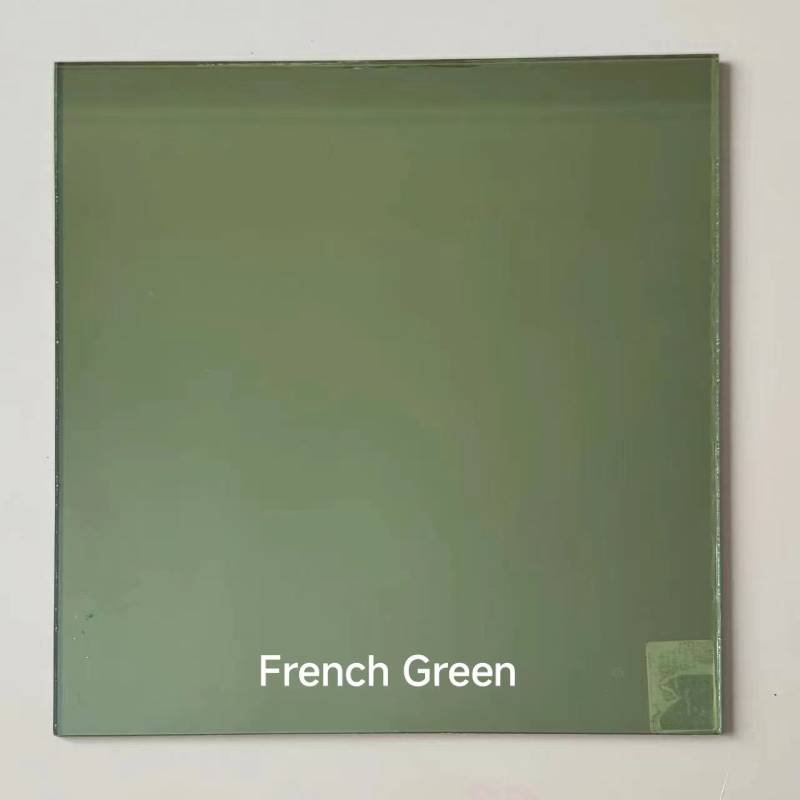

The Art and Science of IGU Glass A Comprehensive Overview
Insulated Glass Units (IGUs) have become an essential component in modern architecture, offering both aesthetic appeal and functional benefits. The evolution of glass technology has enabled the creation of IGUs that not only enhance the beauty of buildings but also improve energy efficiency, reduce noise, and provide enhanced comfort for occupants. This article delves into the intricacies of IGU glass, exploring its components, benefits, manufacturing processes, and applications in today's architectural landscape.
What is IGU Glass?
An Insulated Glass Unit is a sealed assembly of two or more glass panes separated by a spacer and filled with air or gas. The primary purpose of an IGU is to reduce heat transfer between the interior and exterior environments, contributing to energy conservation in homes and commercial buildings. By minimizing thermal conductivity, IGUs help maintain consistent indoor temperatures, which can lead to significant energy savings and reduced utility costs.
Components of IGU Glass
An IGU typically consists of three main components
1. Glass Panes The outer layers of the unit, which can be made from various types of glass, including tempered, laminated, or low-emissivity (Low-E) glass. Each type serves a different purpose, enhancing properties such as strength, safety, and thermal performance.
2. Spacer Bar This component is located between the glass panes and is essential for maintaining the gap that creates the insulating space. Spacer bars are often made of aluminum, stainless steel, or composite materials to minimize thermal bridging.
3. Sealants The unit is sealed at the edges to prevent moisture and air infiltration. High-performance sealants are crucial for the longevity and efficiency of the IGU, ensuring it remains airtight and watertight over time.
Benefits of IGU Glass
The advantages of using IGU glass in construction are manifold
- Energy Efficiency IGUs significantly reduce heating and cooling costs by providing superior insulation. The use of gas fills like argon or krypton between the panes enhances energy performance.
- Noise Reduction IGUs can effectively dampen sound transmission, creating quieter indoor environments. This feature is particularly valuable in urban settings or near busy roads.

- UV Protection Low-E coatings on glass panes can block harmful ultraviolet rays, protecting interiors from fading and damage while enhancing occupants' comfort.
- Aesthetic Flexibility Available in various styles, sizes, and finishes, IGUs offer architects and designers creative flexibility in building design, allowing for expansive glazing without compromising energy efficiency.
Manufacturing Process
The production of IGUs involves precise manufacturing techniques to ensure quality and performance. The process generally includes the following steps
1. Glass Cutting Glass sheets are cut to specifications, taking into account the desired dimensions and design.
2. Edge Treatment The edges of the glass are treated to facilitate sealing and improve durability.
3. Spacer Placement Spacer bars are positioned between the glass panes.
4. Sealing A primary seal is applied to secure the spacer bars and create a barrier against moisture, followed by a secondary seal for added protection.
5. Gas Filling The space between the panes is filled with an insulating gas, and the unit is then sealed to ensure maximum energy efficiency.
6. Quality Control Each IGU undergoes thorough inspections and testing to ensure it meets industry standards for performance and safety.
Applications
IGU glass is widely used in various applications, including residential buildings, commercial spaces, and industrial facilities. Whether for windows, curtain walls, or skylights, the versatility and performance benefits of IGUs are evident in countless architectural projects.
In conclusion, IGU glass stands at the intersection of art and science, embodying innovation in design and technology. Its ability to enhance energy efficiency, comfort, and aesthetics makes it a favored choice in modern architecture, contributing to sustainable building practices that will benefit future generations. As the demand for energy-efficient solutions continues to grow, the role of IGUs in the construction industry will undoubtedly expand, further shaping the skyline of our cities.